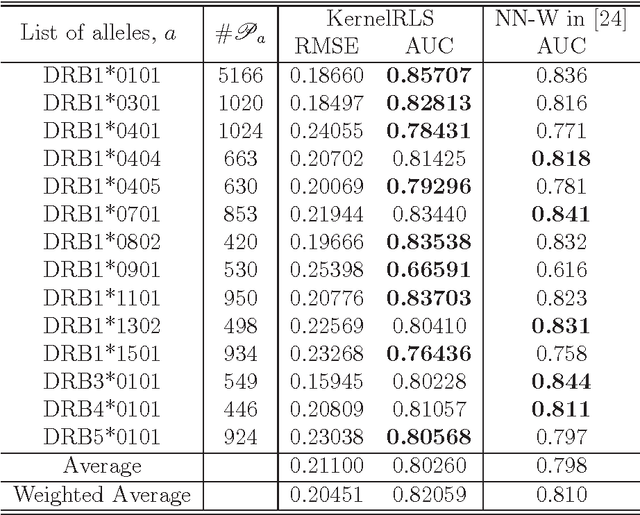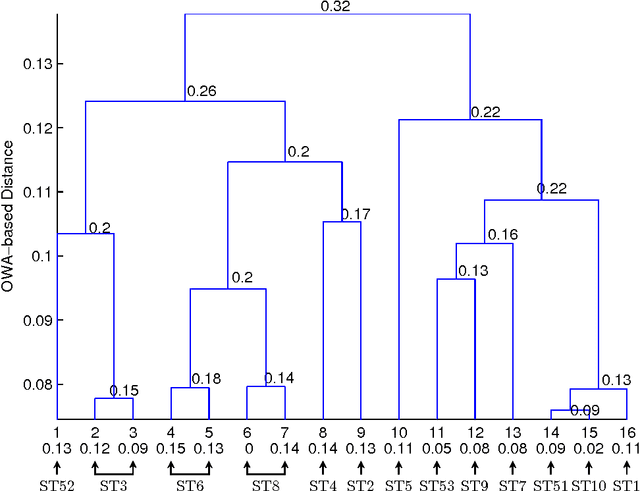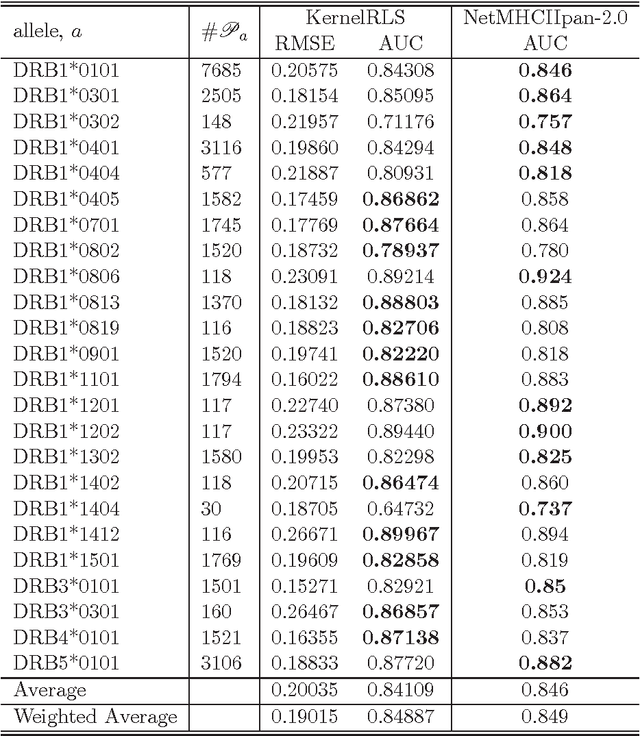Hau-San Wong
Model Adaptation: Unsupervised Domain Adaptation without Source Data
Feb 26, 2025Abstract:In this paper, we investigate a challenging unsupervised domain adaptation setting -- unsupervised model adaptation. We aim to explore how to rely only on unlabeled target data to improve performance of an existing source prediction model on the target domain, since labeled source data may not be available in some real-world scenarios due to data privacy issues. For this purpose, we propose a new framework, which is referred to as collaborative class conditional generative adversarial net to bypass the dependence on the source data. Specifically, the prediction model is to be improved through generated target-style data, which provides more accurate guidance for the generator. As a result, the generator and the prediction model can collaborate with each other without source data. Furthermore, due to the lack of supervision from source data, we propose a weight constraint that encourages similarity to the source model. A clustering-based regularization is also introduced to produce more discriminative features in the target domain. Compared to conventional domain adaptation methods, our model achieves superior performance on multiple adaptation tasks with only unlabeled target data, which verifies its effectiveness in this challenging setting.
* accepted by CVPR2020
Discrete Prior-based Temporal-coherent Content Prediction for Blind Face Video Restoration
Jan 17, 2025



Abstract:Blind face video restoration aims to restore high-fidelity details from videos subjected to complex and unknown degradations. This task poses a significant challenge of managing temporal heterogeneity while at the same time maintaining stable face attributes. In this paper, we introduce a Discrete Prior-based Temporal-Coherent content prediction transformer to address the challenge, and our model is referred to as DP-TempCoh. Specifically, we incorporate a spatial-temporal-aware content prediction module to synthesize high-quality content from discrete visual priors, conditioned on degraded video tokens. To further enhance the temporal coherence of the predicted content, a motion statistics modulation module is designed to adjust the content, based on discrete motion priors in terms of cross-frame mean and variance. As a result, the statistics of the predicted content can match with that of real videos over time. By performing extensive experiments, we verify the effectiveness of the design elements and demonstrate the superior performance of our DP-TempCoh in both synthetically and naturally degraded video restoration.
Provably Transformers Harness Multi-Concept Word Semantics for Efficient In-Context Learning
Nov 04, 2024Abstract:Transformer-based large language models (LLMs) have displayed remarkable creative prowess and emergence capabilities. Existing empirical studies have revealed a strong connection between these LLMs' impressive emergence abilities and their in-context learning (ICL) capacity, allowing them to solve new tasks using only task-specific prompts without further fine-tuning. On the other hand, existing empirical and theoretical studies also show that there is a linear regularity of the multi-concept encoded semantic representation behind transformer-based LLMs. However, existing theoretical work fail to build up an understanding of the connection between this regularity and the innovative power of ICL. Additionally, prior work often focuses on simplified, unrealistic scenarios involving linear transformers or unrealistic loss functions, and they achieve only linear or sub-linear convergence rates. In contrast, this work provides a fine-grained mathematical analysis to show how transformers leverage the multi-concept semantics of words to enable powerful ICL and excellent out-of-distribution ICL abilities, offering insights into how transformers innovate solutions for certain unseen tasks encoded with multiple cross-concept semantics. Inspired by empirical studies on the linear latent geometry of LLMs, the analysis is based on a concept-based low-noise sparse coding prompt model. Leveraging advanced techniques, this work showcases the exponential 0-1 loss convergence over the highly non-convex training dynamics, which pioneeringly incorporates the challenges of softmax self-attention, ReLU-activated MLPs, and cross-entropy loss. Empirical simulations corroborate the theoretical findings.
Provably Neural Active Learning Succeeds via Prioritizing Perplexing Samples
Jun 06, 2024Abstract:Neural Network-based active learning (NAL) is a cost-effective data selection technique that utilizes neural networks to select and train on a small subset of samples. While existing work successfully develops various effective or theory-justified NAL algorithms, the understanding of the two commonly used query criteria of NAL: uncertainty-based and diversity-based, remains in its infancy. In this work, we try to move one step forward by offering a unified explanation for the success of both query criteria-based NAL from a feature learning view. Specifically, we consider a feature-noise data model comprising easy-to-learn or hard-to-learn features disrupted by noise, and conduct analysis over 2-layer NN-based NALs in the pool-based scenario. We provably show that both uncertainty-based and diversity-based NAL are inherently amenable to one and the same principle, i.e., striving to prioritize samples that contain yet-to-be-learned features. We further prove that this shared principle is the key to their success-achieve small test error within a small labeled set. Contrastingly, the strategy-free passive learning exhibits a large test error due to the inadequate learning of yet-to-be-learned features, necessitating resort to a significantly larger label complexity for a sufficient test error reduction. Experimental results validate our findings.
Towards a Mathematical Foundation of Immunology and Amino Acid Chains
Jun 25, 2012



Abstract:We attempt to set a mathematical foundation of immunology and amino acid chains. To measure the similarities of these chains, a kernel on strings is defined using only the sequence of the chains and a good amino acid substitution matrix (e.g. BLOSUM62). The kernel is used in learning machines to predict binding affinities of peptides to human leukocyte antigens DR (HLA-DR) molecules. On both fixed allele (Nielsen and Lund 2009) and pan-allele (Nielsen et.al. 2010) benchmark databases, our algorithm achieves the state-of-the-art performance. The kernel is also used to define a distance on an HLA-DR allele set based on which a clustering analysis precisely recovers the serotype classifications assigned by WHO (Nielsen and Lund 2009, and Marsh et.al. 2010). These results suggest that our kernel relates well the chain structure of both peptides and HLA-DR molecules to their biological functions, and that it offers a simple, powerful and promising methodology to immunology and amino acid chain studies.
 Add to Chrome
Add to Chrome Add to Firefox
Add to Firefox Add to Edge
Add to Edge